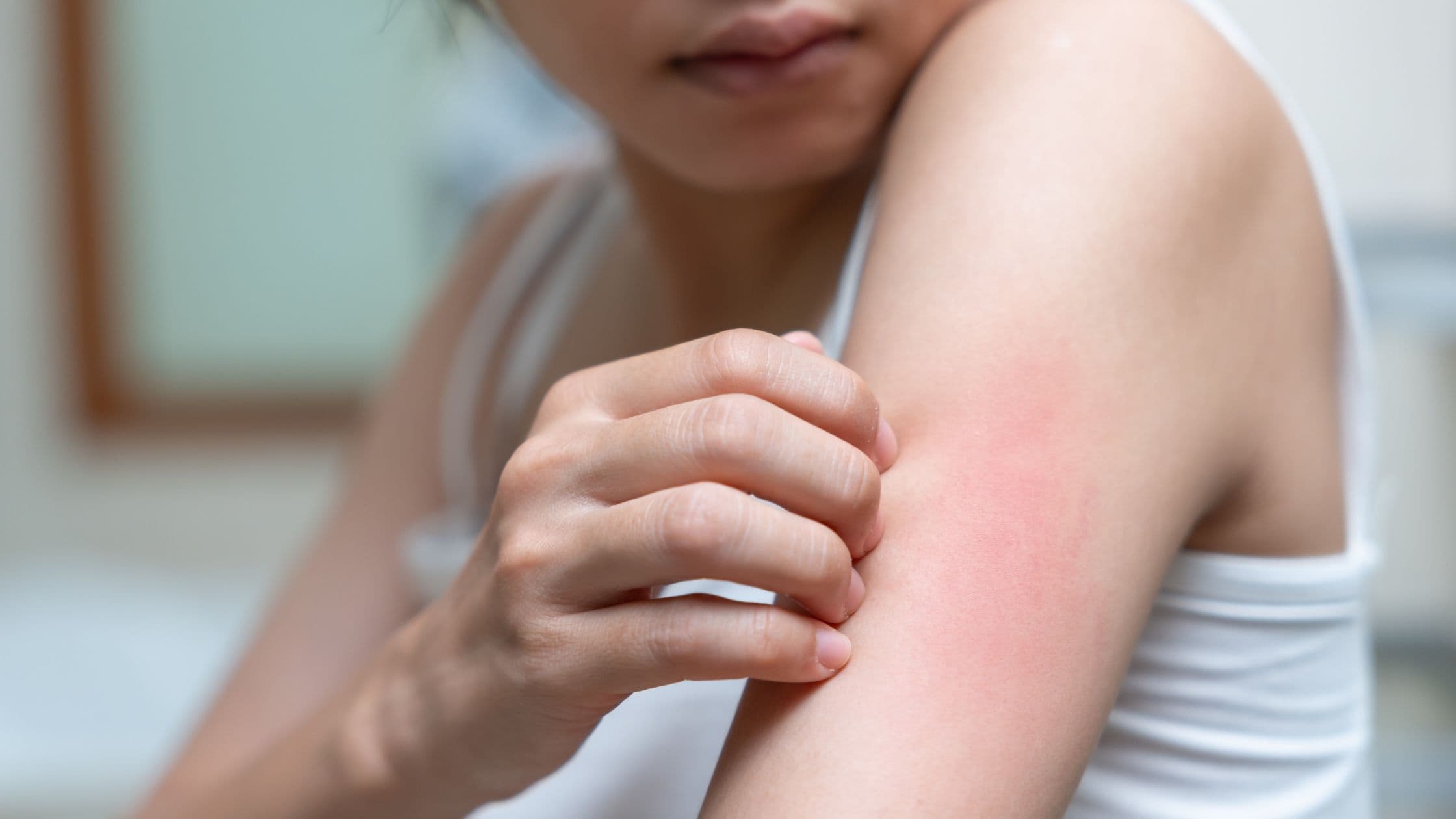A Comprehensive Look at Rash Symptoms
Rashes are a common occurrence, and while they might seem like a simple skin issue, they can manifest in a multitude of ways, with varying causes and underlying conditions. Understanding the different symptoms of rashes is crucial for recognizing potential health concerns and seeking appropriate medical attention. Here, we delve into the extensive landscape of rash symptoms, empowering you to become an active participant in your own healthcare.

Visual Characteristics:
- Color: Rashes can appear in various colors, including red, pink, purple, brown, white, or a combination of colors. The color can sometimes offer clues about the underlying cause. For example, red rashes are often associated with inflammation, while purple rashes might indicate bleeding under the skin.
- Pattern: The distribution pattern of a rash can be informative. A rash that's localized to a specific area, like behind the knees, might suggest contact dermatitis, while a widespread rash could be a sign of a viral infection or allergic reaction. Circular or target-shaped rashes can be linked to certain infections or autoimmune conditions.
- Elevation: Some rashes are flat against the skin, while others might be raised or bumpy. Papules are small, solid bumps, while vesicles are small, fluid-filled blisters. Pustules are pus-filled bumps, and plaques are raised, flat areas.
- Scaling and Crusting: Some rashes develop scales or crusts on the surface. Scaly patches can be a sign of psoriasis or eczema, while crusting might indicate an impetigo infection.
Physical Sensations:
- Itching: Itching is a common symptom of many rashes and can range from mild to severe. Intense itching can disrupt sleep and make it difficult to resist scratching, which can worsen the rash.
- Pain: Some rashes can be painful, particularly if they're inflamed or involve cracks or fissures in the skin. Burning or stinging sensations might also be present.
- Warmth: The affected area might feel warm to the touch, especially if the rash is caused by inflammation.
Additional Symptoms:
- Fever: A fever can sometimes accompany a rash, particularly if it's caused by an infection.
- Fatigue: Feeling tired and run down can occur with certain rashes, especially those associated with viral infections.
- Swollen Lymph Nodes: Lymph nodes near the area of the rash might become swollen and tender, indicating the body's immune system is activated.
Variations by Cause:
Here are some examples of how rash symptoms might differ based on the underlying cause:
- Eczema: Often appears as dry, itchy, red patches of skin, commonly on the hands, face, and inner elbows.
- Psoriasis: Thick, red, scaly patches typically on the elbows, knees, scalp, and lower back.
- Hives: Raised, itchy welts that appear suddenly and can change location quickly.
- Contact Dermatitis: Red, itchy rash that develops in areas that have come into contact with an irritant or allergen.
- Heat Rash: Small, red bumps that appear on sweaty skin, often in areas covered by clothing.
- Fungal Rash: Can appear as itchy, red, scaly patches, often between the toes or in the groin area.
- Medications: Certain medications can cause rashes as a side effect. The rash might vary depending on the specific medication.
Remember: This list is not exhaustive, and the specific symptoms of a rash can vary greatly. If you experience any concerning rash, it's crucial to consult a healthcare professional for proper diagnosis and treatment. They can help identify the underlying cause and recommend the most appropriate course of action.